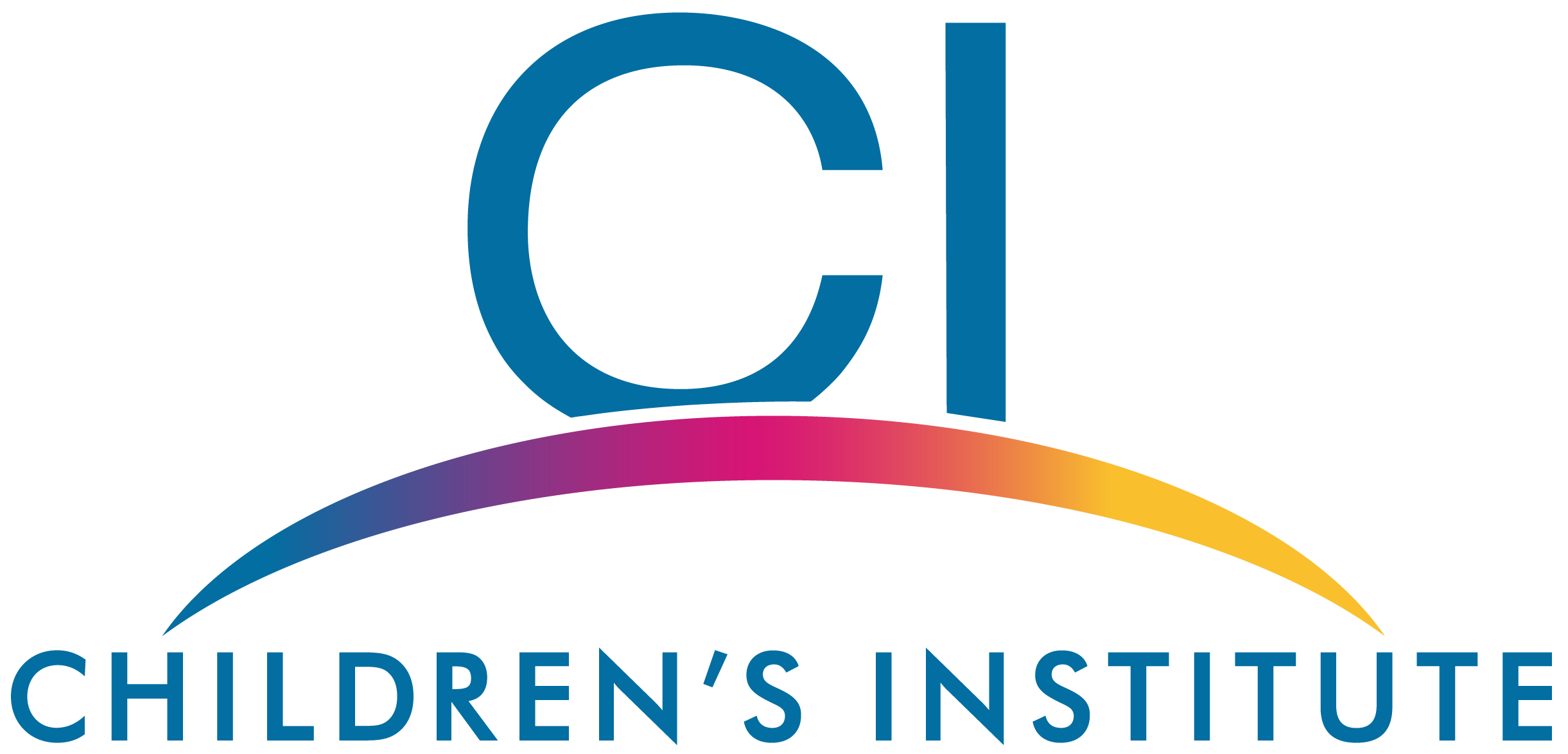A Note on Service Learning from SEL Center Director, Elizabeth Devaney

April is National Community Service month in the United States. That got me thinking about what service means, why it is important, how it fits into SEL, and what it looks like to serve well. So first things first – why service? What does it teach?
The language and thinking around social and emotional learning may have something to offer here. I went and took a look at the New York State Education Department’s SEL Benchmarks. As I read them over, I realized that nearly all of them have something to do with understanding yourself in context of the world in which we live - and that almost all of them could be taught through various forms of service. Here’s a few examples from the state benchmarks:
- By third grade, 3C.1a. Identify and perform roles that contribute to one’s classroom.
- By fifth grade, 2B.2b. Demonstrate how to interact positively with those who are different from oneself.
- By 8th grade, 1B.3b. Analyze how making use of school and community supports and opportunities can help one surmount challenges and contribute to achievement in school and in life
- By 10th grade, 2A.4a. Analyze similarities and differences between one’s own and others’ perspectives.
- By graduation, 3C.4a. Plan, implement, and evaluate one’s participation in activities and organizations that improve school culture and climate.
So why is service learning important? Because it can help teach children some of the critical social and emotional skills they need to be successful in life and to become contributing members of our society.
But not all service learning is created equal, and sometimes it’s difficult to identify opportunities for genuine learning. How can we provide authentic service and create the learning and the culture we want for children in our schools? I wrestled with the question a bit and then realized I had the perfect resource to ask right in my own home.
I asked my daughter about her experiences with service and which activities she thought were most meaningful in helping her understand others’ experiences. It turns out two things stood out to her. The first was interacting with people. When she went to the Friendly Home, an elder care location in our community, to play Bingo with their residents, she could concretely see what people around her were experiencing and how her contribution could bring joy to that experience.
The second thing she mentioned was being in charge of her own service project. She felt she learned more and got a better sense of why she was engaging in service when she, as a student council member, organized a food drive herself. She and her fellow council members planned it, wrote up the flyers, went to each classroom to talk to other kids about why it was important, and oversaw the collection and delivery of donactions, culminating in a visit to Food Link.
Just like SEL, service and an understanding of our place in the broader world in which we live is developmental. Learning about other people and that their experiences are different from one’s own is an abstract concept for young children. They don’t typically read or see the news or interact with very many people outside their home and school. If we want students to achieve these skills, we need to work toward them in a developmental way.
That may mean that service for a kindergartner is right there in the classroom, agreeing as a class to give up free choice time in order to make a card for a classmate who is out sick or working together to clean up a play area.
A little later in elementary school, it may mean a service project that benefits the entire school (think cleaning the playground, painting a mural in the lunchroom, or planting flowers near the entrance). At these ages service needs to be tangible, visible, concrete.
Later, as children move into middle and high school service can move out into the community. So often service learning is relegated to a can drive, candy for the troops, or incentivized contests to raise money. For service learning to be meaningful, children need to see it and feel it and they absolutely must have a hand in planning it. Giving growing children opportunities to create change as they’re growing up empowers them to create positive change far beyond their middle or high school years.
When children engage in service learning projects, they grow by leaps and bounds in their social and emotional skills. Empathy, compassion, self-confidence, self-efficacy, and wider perspectives are just some of the things that we as adults may see – in addition to genuine joy from young people and their communities as those connections are made. As we make our way into spring, I encourage you to start this conversation with your young people, help them identify a difference they want to make, and work with them to enact positive change in their world. Let us know what happens when their worlds become just a little wider!
